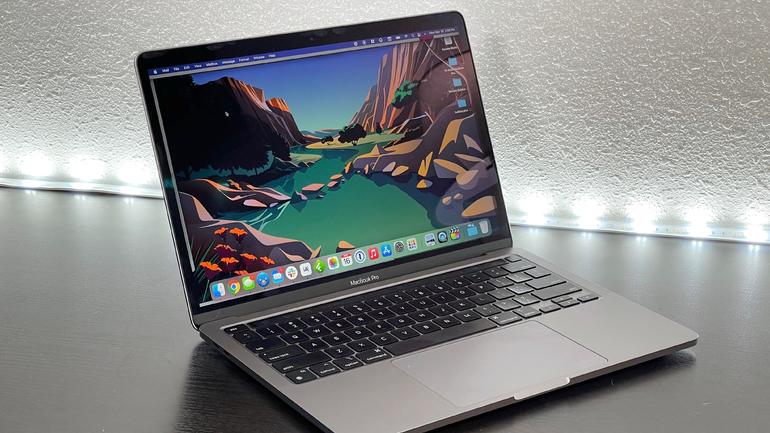Taking screenshots on a laptop is a useful skill that allows you to capture and share what’s on your screen. Whether you need to save an image, share a moment, or document an issue, this guide will walk you through the different methods to take screenshots on laptops running Windows, macOS, or Chrome OS.
Step-by-Step Guide to Taking Screenshots on a Laptop:
- Using the Print Screen (PrtScn) Key (Windows):
- Locate the “Print Screen” (PrtScn) key on your keyboard. It’s usually labeled as “PrtScn,” “PrtSc,” or something similar.
- Press the “PrtScn” key to capture the entire screen. The screenshot is copied to your clipboard.
- Open an image editor, such as Paint, Word, or an email, and paste (Ctrl + V) the screenshot to view and save it.
- Taking a Specific Window Screenshot (Windows):
- To capture only the active window, press “Alt + PrtScn” (Alt key and PrtScn key simultaneously).
- The screenshot of the active window is copied to your clipboard. Paste it into an image editor to view and save.
- Using Snipping Tool (Windows):
- On Windows 7, 8, and 10, you can use the Snipping Tool:
- Type “Snipping Tool” in the search bar and open the app.
- Click “New” and select the area you want to capture.
- Once captured, you can annotate, save, or share the screenshot directly from the Snipping Tool.
- Taking Screenshots on macOS:
- Press “Shift + Command + 4” to capture a selected portion of the screen.
- Press “Shift + Command + 3” to capture the entire screen.
- The screenshot is saved as a file on your desktop.
- Taking Screenshots on Chromebooks:
- Press “Ctrl + Show Windows” (usually the square icon) to capture the entire screen.
- Press “Ctrl + Shift + Show Windows” and drag to select a specific area to capture.
- The screenshot is saved in the “Downloads” folder.
Important Tips:
- File Formats: Screenshots are typically saved as image files (PNG, JPEG) on your laptop.
- Useful Shortcut: On many laptops, the “Windows + Shift + S” shortcut opens a snipping tool-like overlay for capturing specific areas.
- Function Key Variation: On some laptops, you may need to use the “Fn” key in combination with the screenshot keys (e.g., “Fn + PrtScn”).
Conclusion:
Taking screenshots on your laptop is easy once you know the shortcuts and methods for your operating system. Follow our step-by-step guide to capture your screen effortlessly, whether you’re using Windows, macOS, or a Chromebook. Screenshots are a valuable tool for communication and documentation, and mastering this skill can be beneficial in various scenarios.









